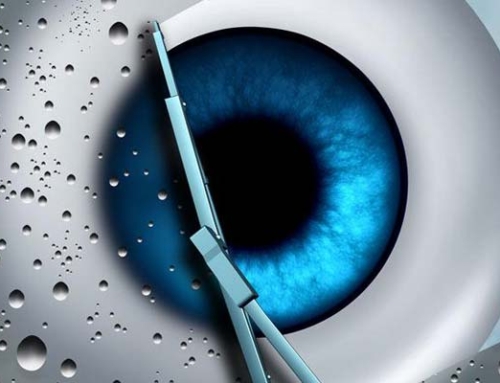Strabismus, also called squint is an eye condition in which the eyes don’t turn in the same direction as each other. It means when an affected person looks at an object, one eye focuses on it while the other eye turns either upwards, downwards, inwards or outwards. The eyes do not work as a pair all the time. Squints commonly occur during childhood and sometimes, the affected eye might have a weaker sight. That is why the affected eye is sometimes called “lazy eye”.
Squints are quite common, affecting around 2-3% of children. It is well evident when a child focuses on an object or is tired. While squints are not visible in all children, some may have squints that are noticeable even when the eyes are not focusing on something directly. There are several types of squints and there might also be several causes. In some children, an exact cause cannot be found and these squints are known as idiopathic. Here are a few common causes of squints in children:
- Refractive errors or problems with eye focusing can be one of the major reasons for the development of childhood squints. Long-sightedness, short-sightedness and astigmatism are a few common reasons. Among them, long-sightedness seems to lead. Focusing of the eyes is known as accommodation. When children have problems with the sight, the eyes may turn too much during accommodation and cause squints.
- Eye conditions such as congenital cataract or optic nerve conditions can cause squints.
- Diseases that affect the eye muscles can also cause squints when looking in certain directions. In these cases, eye sight is not affected. Brown’s syndrome and Duane’s syndrome are two such conditions causing squints.
Other than the above-mentioned causes, a family history of squints, prematurity at birth or low birth weight may increase the risk of developing strabismus in childhood.
If your child is suspected of having a squint, it is necessary to consult an optometrist. Optometrists are experts in detecting eye problems including squints and vision issues. An optometrist will test how well your child can see by giving them simple tasks such as recognizing pictures or letters. To check whether there is a squint present, the expert will check your child’s eye movements and also his 3D vision (stereopsis).
Some forms of childhood squints can be treated. The main aim would be to correct any vision problems the child may have, and then, if possible, the main cause of the squint will be treated. The most common treatment approaches involve glasses, occlusion therapy, eye exercises or botulinum toxin injections.
The treatment for strabismus as well as associated vision problems is very effective when they are diagnosed early. If these problems are not picked up before the age of 7-8 years, it can cause a permanent effect due to adaptation. Therefore, do not delay if you suspect that your child might be having problems with vision or focusing the eyes. Early recognition gives better outcomes!





